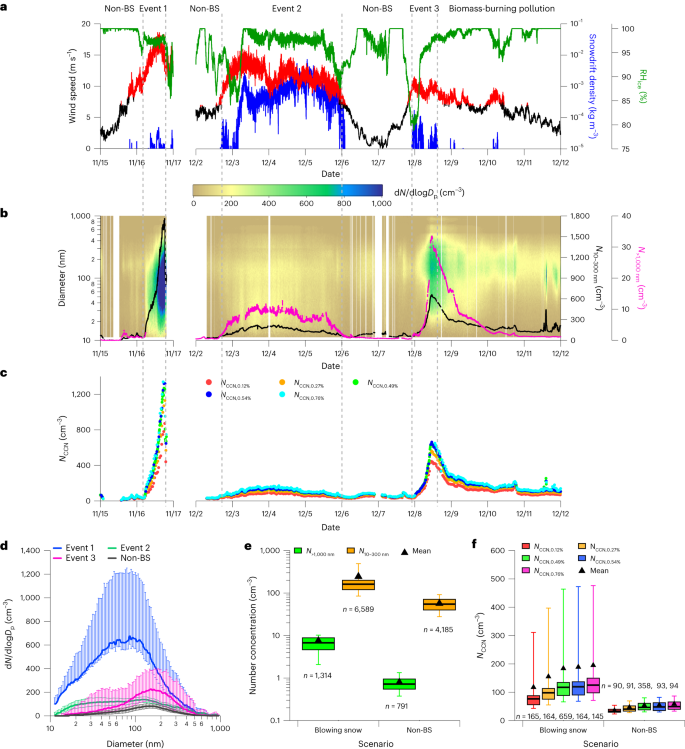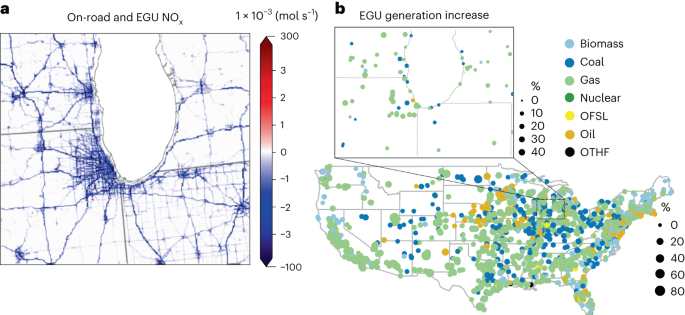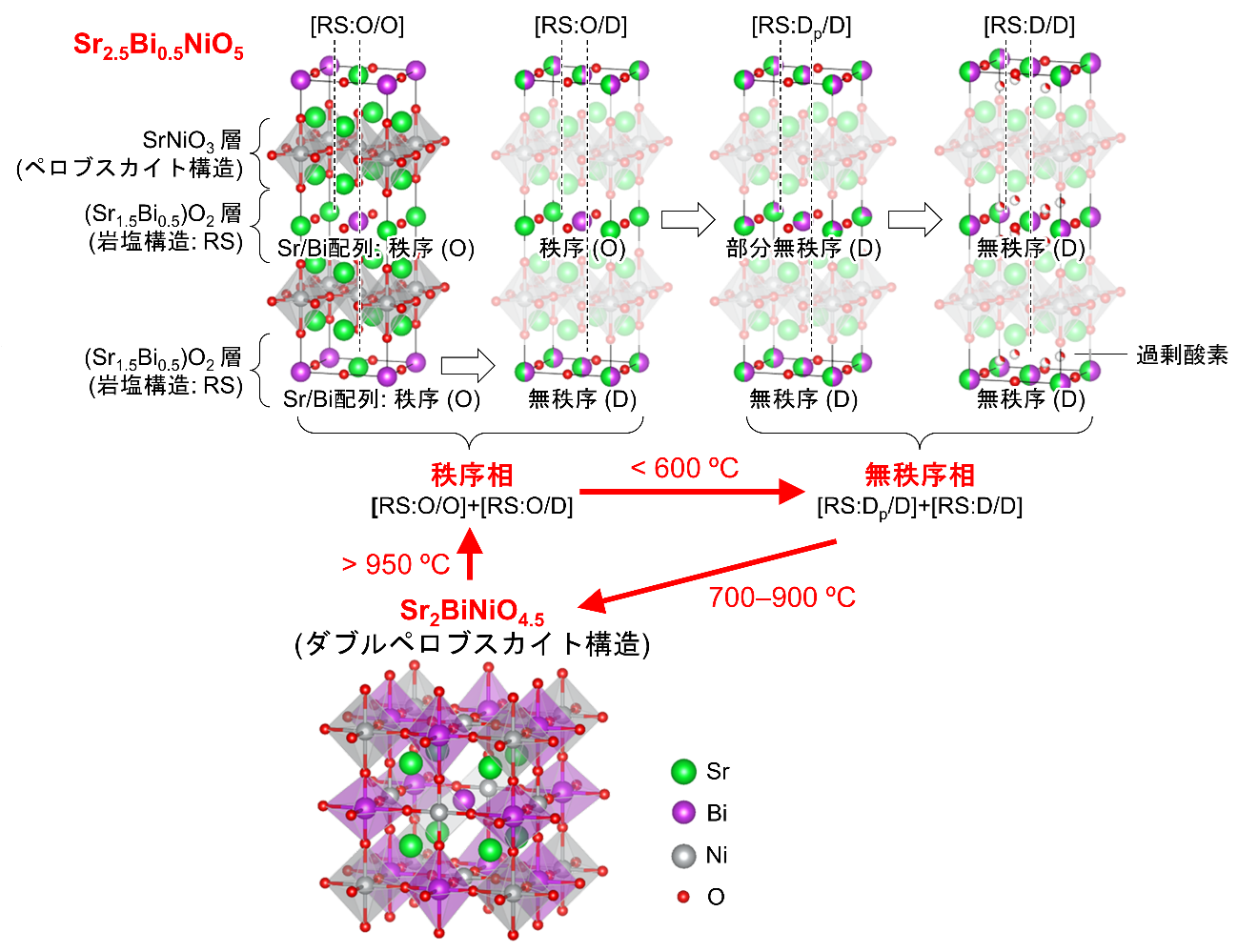2023-09-04 ワシントン大学セントルイス校
◆この研究では、北極の中央部で吹雪によって生成された海塩エアロゾルが豊富で、これが粒子濃度と雲の形成を増加させることが明らかにされた。これらの微細な海塩エアロゾルは雲の凝結核として機能し、長波放射線をトラップして北極地域を温める可能性がある。これにより、北極の気候モデルが更新され、将来の気候条件を予測できるようになる。
<関連情報>
- https://source.wustl.edu/2023/09/blowing-snow-contributes-to-arctic-warming/
- https://www.nature.com/articles/s41561-023-01254-8
吹雪による豊富で微細な海塩エアロゾルによる北極圏の温暖化 Arctic warming by abundant fine sea salt aerosols from blowing snow
Xianda Gong,Jiaoshi Zhang,Betty Croft,Xin Yang,Markus M. Frey,Nora Bergner,Rachel Y.-W. Chang,Jessie M. Creamean,Chongai Kuang,Randall V. Martin,Ananth Ranjithkumar,Arthur J. Sedlacek,Janek Uin,Sascha Willmes,Maria A. Zawadowicz,Jeffrey R. Pierce,Matthew D. Shupe,Julia Schmale & Jian Wang
Nature Geoscience Published:04 September 2023
DOI:https://doi.org/10.1038/s41561-023-01254-8

Abstract
The Arctic warms nearly four times faster than the global average, and aerosols play an increasingly important role in Arctic climate change. In the Arctic, sea salt is a major aerosol component in terms of mass concentration during winter and spring. However, the mechanisms of sea salt aerosol production remain unclear. Sea salt aerosols are typically thought to be relatively large in size but low in number concentration, implying that their influence on cloud condensation nuclei population and cloud properties is generally minor. Here we present observational evidence of abundant sea salt aerosol production from blowing snow in the central Arctic. Blowing snow was observed more than 20% of the time from November to April. The sublimation of blowing snow generates high concentrations of fine-mode sea salt aerosol (diameter below 300 nm), enhancing cloud condensation nuclei concentrations up to tenfold above background levels. Using a global chemical transport model, we estimate that from November to April north of 70° N, sea salt aerosol produced from blowing snow accounts for about 27.6% of the total particle number, and the sea salt aerosol increases the longwave emissivity of clouds, leading to a calculated surface warming of +2.30 W m−2 under cloudy sky conditions.



